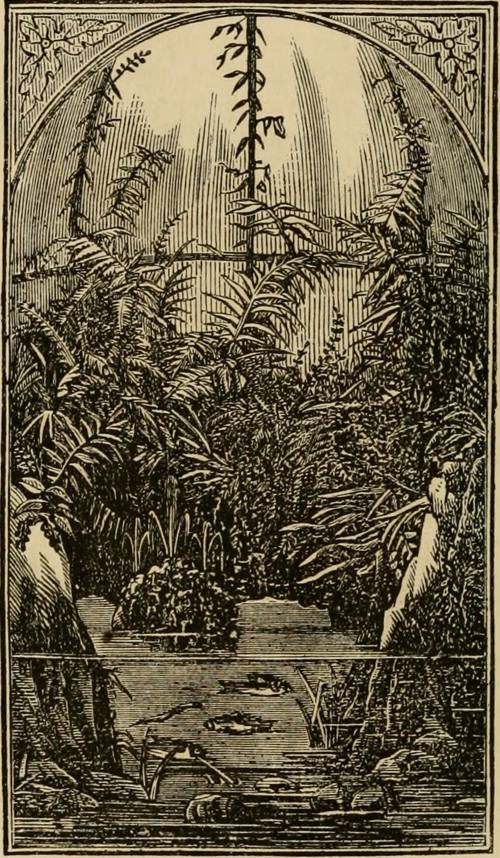
FAQ About Indoor Plant Waste Recycling Techniques

What is indoor plant waste recycling?
Indoor plant waste recycling involves methods to effectively recycle or repurpose the waste generated from indoor plants, such as fallen leaves, dead stems, and soil debris. This practice promotes zero-waste living and sustainability by minimizing waste and converting it into useful products like compost or natural fertilizers.

What types of waste do indoor plants produce?
Indoor plants produce various types of waste including fallen leaves, pruned stems and branches, old potting soil, and flowers that have died. These materials can often be composted or recycled into the gardening cycle.

How can I compost indoor plant waste at home?
You can compost indoor plant waste by setting up a small composting bin in your kitchen or balcony. Use a mix of green waste (like plant leaves and stems) and brown waste (like shredded paper and dry leaves). Regularly turn the compost pile to speed up decomposition.

Can indoor plant waste be used as mulch?
Yes, dried leaves and stems from indoor plants can be used as mulch. They help retain soil moisture, suppress weeds, and add organic matter back to the soil as they decompose.

Is it possible to use indoor plant waste in vermicomposting?
Absolutely. Vermicomposting involves using worms to decompose organic matter quickly. Indoor plant waste like leaves and small stems can be included in a worm bin to create rich, nutrient-laden vermicompost.

What are some sustainable practices for managing indoor plant waste?
Sustainable practices include composting, using waste as mulch, recycling potting soil, creating DIY fertilizers from plant scraps, and reducing waste through mindful gardening practices like only pruning when necessary.

How does recycling plant waste contribute to zero-waste living?
Recycling plant waste helps reduce the amount of waste sent to landfills, conserves natural resources by returning nutrients to the soil, and reduces the carbon footprint associated with disposing of plant waste, thereby contributing to zero-waste living.

Can I recycle old potting soil?
Yes, old potting soil can be rejuvenated by mixing it with fresh compost or organic fertilizer. This restores nutrients and structure, making it suitable for reuse in planting.

What DIY fertilizers can I make from plant waste?
DIY fertilizers can be made from plant waste by soaking chopped plant scraps in water to create a nutrient-rich tea. Another method involves fermenting plant waste with water and sugar for enhanced microbial activity.

Is there any plant waste that should not be composted?
Yes, avoid composting plant material that is diseased or infested with pests, as these can spread to other plants. Also, synthetic materials or plants treated with chemical pesticides should not be composted.

How can I recycle pruned stems and branches from larger indoor plants?
Pruned stems and branches can be chopped into smaller pieces and added to a compost bin. They can also be used as support structures for other plants or art and craft projects.

What is a self-sustaining indoor garden?
A self-sustaining indoor garden uses recycled plant waste and other sustainable practices to minimize external inputs and waste production. It aims to create a closed-loop system where plant waste is recycled back into the garden ecosystem.

Can coffee grounds be used with indoor plant waste recycling?
Yes, coffee grounds are an excellent addition to compost bins due to their rich nitrogen content. They can be mixed with plant waste to enrich your compost.

What are the benefits of using a small indoor composting bin?
A small indoor composting bin is beneficial for recycling plant waste, reducing kitchen garbage, creating nutrient-rich compost for plants, and minimizing waste sent to landfills. It's ideal for apartment or small-space gardening.

How do I prevent odor in indoor waste composting?
To prevent odor in indoor composting, maintain a balanced ratio of green to brown materials, ensure proper aeration by turning the compost regularly, and avoid adding meat or dairy products which can rot and smell.

What tools are necessary for effective plant waste recycling at home?
Basic tools for recycling plant waste include a compost bin, pruning shears, a trowel, a small rake, and containers for storing and mixing recycling materials like soil and compost.

Can I use kitchen scraps in indoor plant waste recycling?
Yes, kitchen scraps like vegetable peelings, fruit cores, and eggshells can be composted alongside indoor plant waste. They enrich the compost by adding diverse nutrients to the mix.

What is the role of earthworms in indoor plant waste recycling?
Earthworms play a crucial role in vermicomposting, where they help decompose plant waste quickly and efficiently, turning it into vermicompost. This increases nutrient availability and soil fertility.

Can recycled plant waste help in pest control for indoor plants?
Yes, some recycled plant waste, like certain types of leaves or plant matter, can be used to make natural pesticides or to fortify soil health, which can deter pest infestations naturally.

How often should I recycle indoor plant waste?
Indoor plant waste should be recycled as it accumulates. Regular composting or vermicomposting sessions, ideally every couple of weeks, are effective in ensuring that plant waste does not become overwhelming and is consistently turned into usable material.
